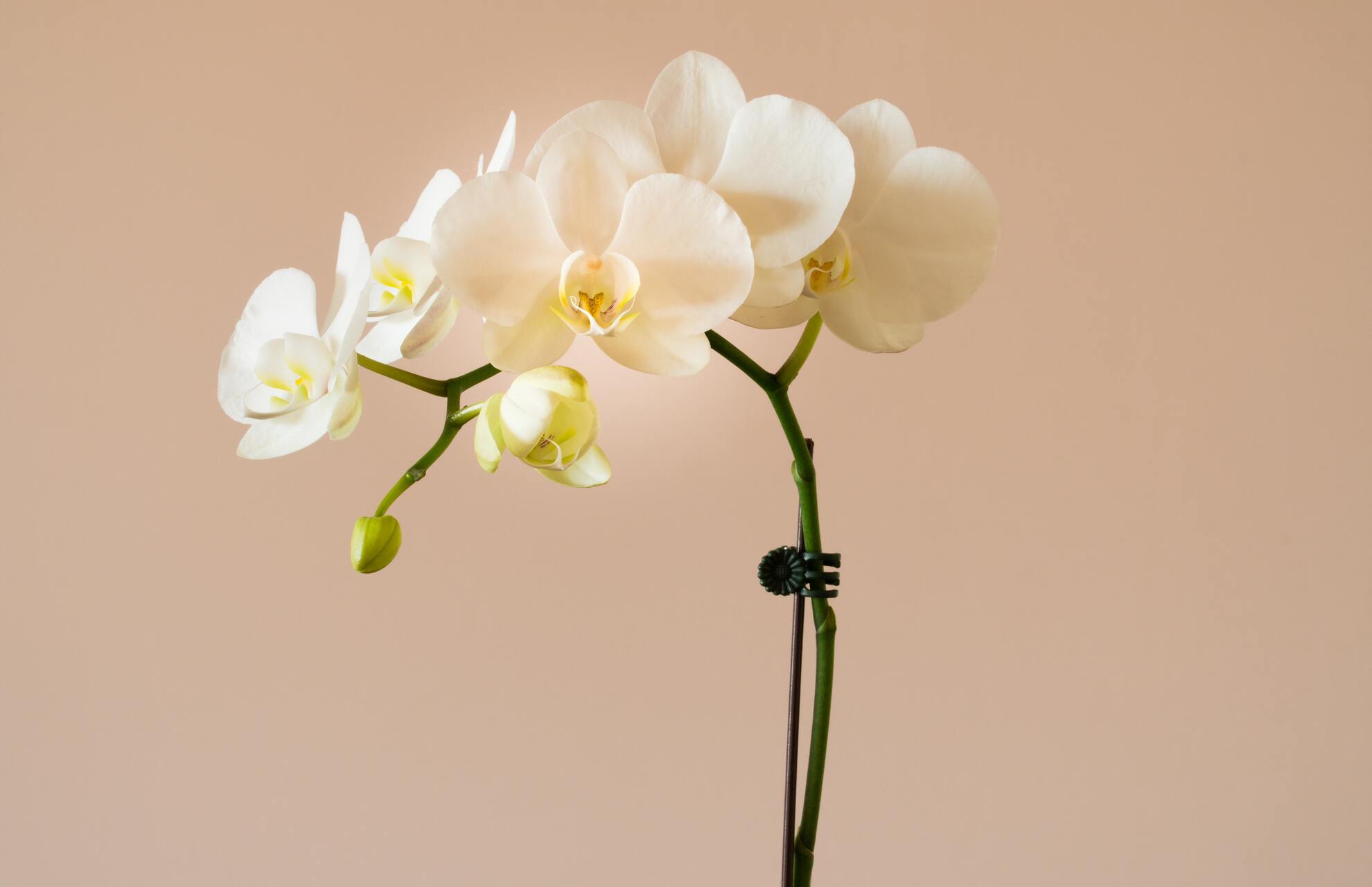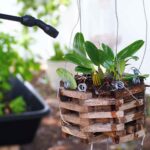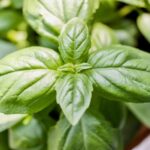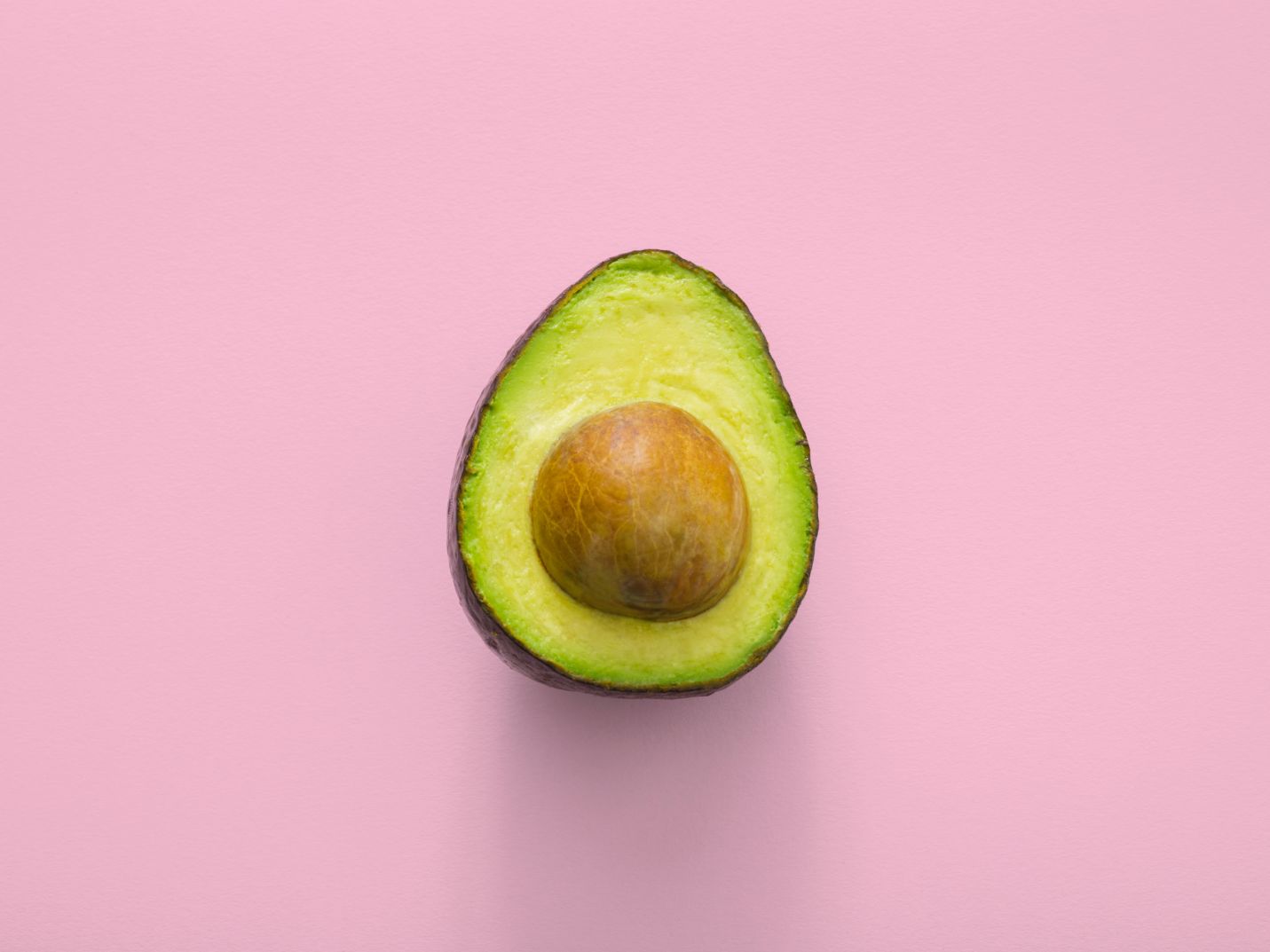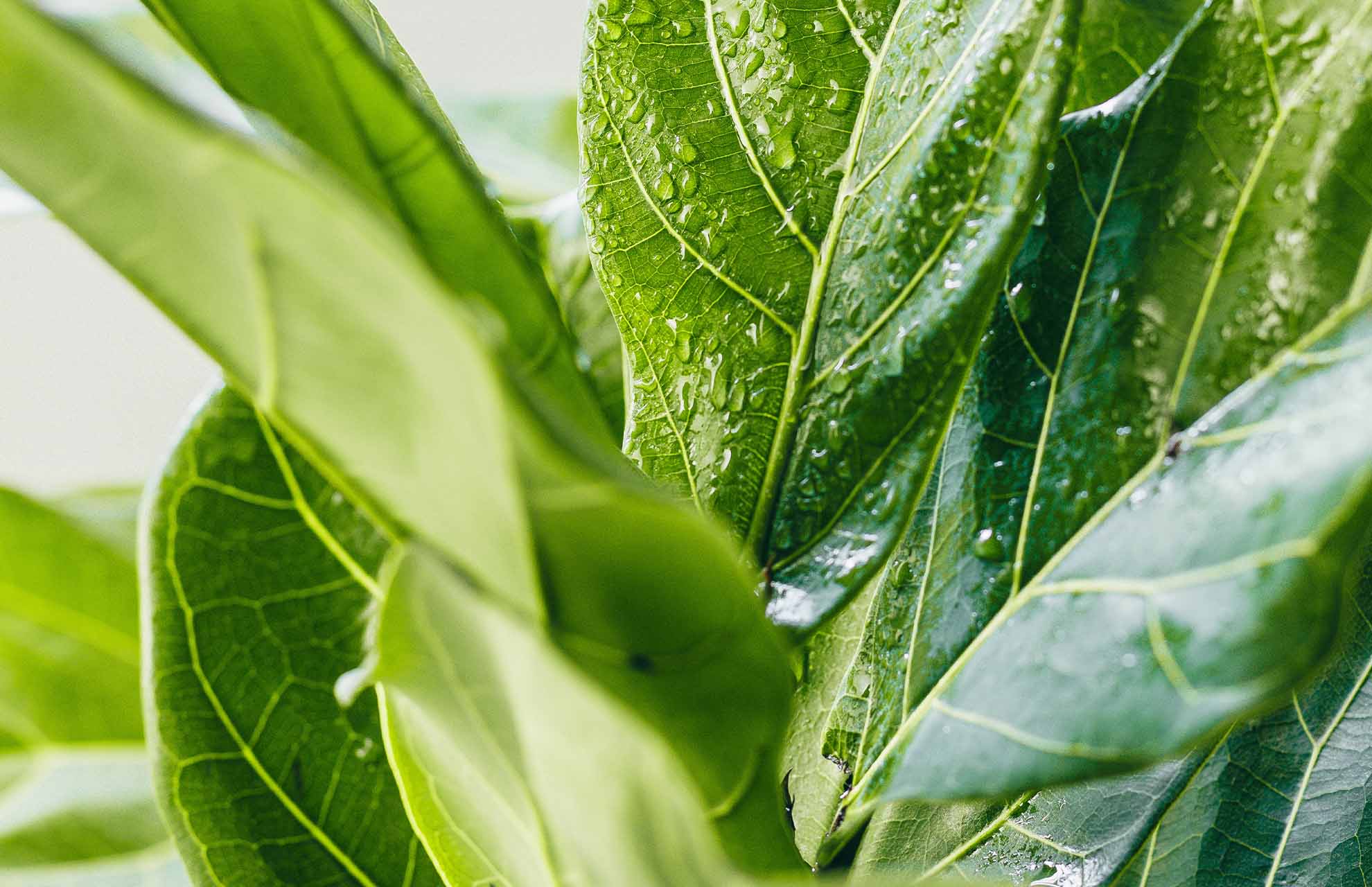One of three things could be indicated by black spots on orchid leaves: the orchid was bruised during transport or handling, the leaves have had access to more sunlight than they require, or bacteria has infected the leaf. How should I care for an orchid plant’s black spots on the leaves? Here are the answers.
What Orchids Are More Likely To Have Black Spots On Leaves
Phalaenopsis are the orchids that most commonly get Bacterial brown spot is a disease that affects Phals and spreads quickly. If left untreated, it can reach an orchid’s crown and kill it.
Your orchid could pass away in two to three weeks. You can still save the leaf in your Phal as long as the black spots are contained to that leaf.
In the second place, come Cattleyas, but For some reason, I cannot fathom, that bacterial brown spot doesn’t kill Cattleyas as quickly. Cattleya bacterial brown spot initially appears as yellowish-green dots where wounds once were on older leaves.
In addition, they might show up where you’ve taken a flower spike or leaf off. Rarely do they grow into something more?
What Do Black Spots On Orchid Leaves Mean
Black Rot
Black rot is a threat to orchids anytime it rains or is consistently damp, and if left unchecked, it can quickly decimate an entire plant. Black rot, which can be brought on by either one or both of the fungi Pythium ultimum and Phytophthora cactorum, affects a wide range of orchids.
A Fungal Infection
The fungi that cause black rot in orchids are made up of zoospores, which can move independently and swim through the water. The zoospores can enter the plant tissue and start the next stage of their life cycle if the water is on an orchid leaf.
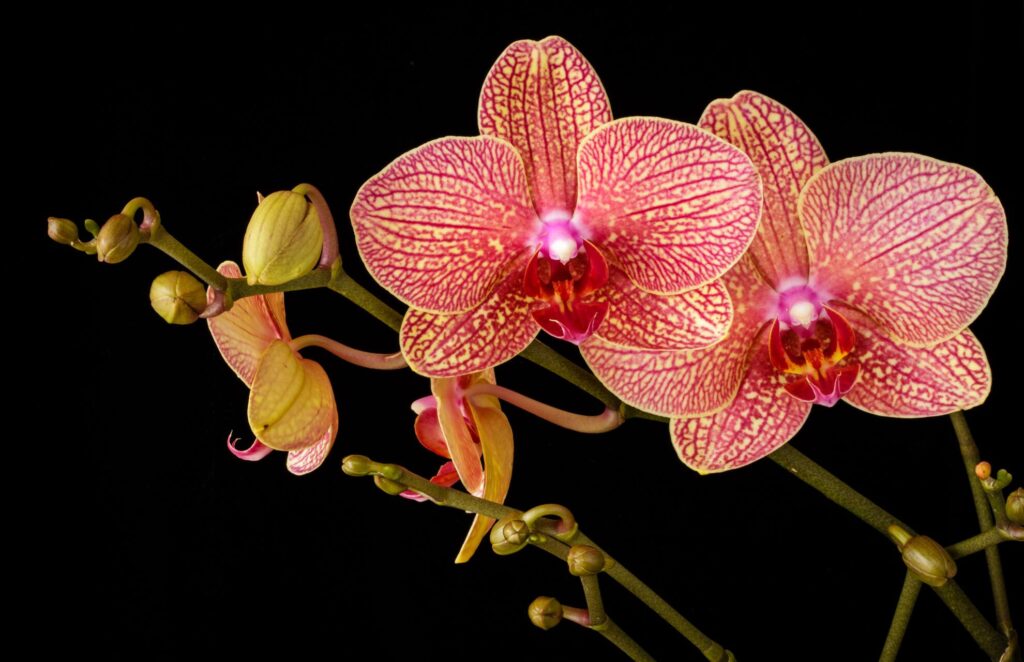
Once this happens, the infection’s telltale symptoms—small, watery, translucent spots—proliferate quickly and turn brown and then black. The affected plant or plants could spread the infection and eventually perish if untreated.
Other Reason
Spots can occasionally be confused with fungal leaf spots, which are primarily brought on by poor maintenance.
When an orchid’s roots take in more water than the plant can use through evaporation, this condition is known as edema and is brought on by overwatering.
This is the cause of the spots, which people mistakenly believe are bacterial infections but are not.
The black spots spread when the black hole is brought on by a bacterial infection, which is due to Acidovorax.
Make sure the plant is out of direct sunlight as it frequently develops bleached spots from sunlight that eventually turn black.
Prevention
The fungus can easily spread through the use of unsterilized pots, media, or water sources, as well as through nearby plants’ splashed water. Keep your orchids at least three to four feet off the ground if you’re growing them outside to prevent splash contamination.
Leaves of your orchids should never be kept wet for an extended period of time, whether inside or outside. A growing area must have good air circulation. Segregate all infected plants as soon as symptoms appear to prevent the contamination of healthy plants.
Last but not least, some farmers advise using a high-calcium fertilizer in the spring to help prevent black rot in new growth.
Cut Out The Rot
Start by removing the affected area of the plant with a sterile knife in order to stop the spread of black rot in your orchid. To stop the fungus’s growth before it reaches the leaf’s crown, remove the affected area of the leaf or the entire leaf, if necessary.
To allow the cut to dry, place the plant in a location with good airflow.
Use A Fungicide
A fungicide should be used to protect the remaining healthy tissue after the infected plant parts have been removed. Since infected plant parts have been removed, ground cinnamon can be applied directly from the spice jar to the exposed area.
First Rays Orchids also suggests combining cinnamon with either cooking oil or a casein-based glue (like Elmer’s) to create a thick paste. To cover the wound, use this paste, which is largely waterproof.
How To Get Rid Of The Black Spots On Orchids
Try to reduce the fertilization rate to match the plant’s needs. After fertilizing, mix water with the fertilizer to dilute the concentration before dousing the roots in water.
The apex of the leaf frequently turns brown as a result of excessive fertilization, which also leaves some salt in the soil.
Therefore, be careful not to overfertilize the plant. In most cases, watering the plants more frequently during dehydration helps, but occasionally the roots stop soaking up water, which is also a problem.
If your orchid plant becomes infected, keeping an eye on it and trimming off the affected leaves and areas will help it recover.
Start the treatment as soon as you notice the black spots are present. The bacteria will spread if the plant is not treated, and eventually the plant will die.
It is crucial for proper air circulation that you turn on the fan in the room where you have the plant throughout the day.
Keep the plant away from the glass window because excessive sunlight is another factor.
Draw the curtains on the window that lets direct sunlight into the room.
If the orchids’ roots are unhealthy, the plant won’t receive nutrients, which will cause the plant to wither and die. Since plants are also sensitive, these are all the options.
One plant that needs a lot of care as it grows is the orchid because it is susceptible to disease easily. To prevent drying out and allowing the bacteria to spread, they require water just like other plants.
When they develop at the ideal room temperature, they can defend themselves against the bacterial or fungal pathogen.
For the plants to prevent the black spots from spreading from one plant to another, proper spacing and maintenance between the plants are required.
This is a way to lessen the likelihood of getting infected even though you can save your plant from the black spots by keeping it clean and in an environment free of disease.

